A well-structured OEM manual is essential for the success of any wireless lavalier microphone. This blog outlines the...
Top 5 Wireless Transmission Technologies Used in Lavalier Microphones
If you're shopping for a lavalier microphone or developing a custom wireless microphone OEM solution, understanding wireless tech is key. Modern audio demands have led to several competing systems, including UHF, 2.4GHz lavalier mic, and digital transmission formats. Each offers different levels of stability, range, and audio quality. Choosing the right one can make or break your sound production—especially in live settings, on film sets, or during mobile recordings.
In this article, we’ll explore the top 5 wireless transmission technologies powering today's lavalier microphones, and why they're essential for brands, manufacturers, and creators.
UHF Transmission Technology
Ultra High Frequency (UHF) is the most common and reliable transmission method in professional wireless audio.
How It Works
UHF operates between 470 MHz to 698 MHz (region-specific). It offers a longer range and minimal interference because fewer consumer devices operate on these frequencies.
Benefits of UHF:
Strong signal penetration through walls and obstacles.
Longer range — ideal for large venues or outdoor filming.
Frequency agility — dozens of selectable channels.
Limitations:
Often requires licensing in some countries.
Susceptible to interference if improperly configured.
More expensive than entry-level alternatives.
UHF systems are typically found in premium lavalier mic sets by brands like Sennheiser and Shure.
2.4GHz Lavalier Mic Systems
The 2.4GHz lavalier mic is increasingly popular among content creators, educators, and mobile journalists.
How It Works
Operating in the globally unlicensed 2.4GHz range (same as Wi-Fi and Bluetooth), these mics are plug-and-play and often pair with smartphones or cameras.
Benefits of 2.4GHz Lavalier Mics:
No licensing required — global compatibility.
Affordable and lightweight.
Quick auto-pairing for casual users.
Limitations:
Prone to interference in Wi-Fi-heavy areas.
Shorter transmission range than UHF.
Audio latency may occur in congested environments.
While not as robust as UHF, 2.4GHz lavalier mic systems are ideal for indoor interviews, YouTube vlogging, and classroom lectures.
Digital Transmission in Modern Wireless Systems
Digital transmission is the newest evolution in wireless audio, often used alongside UHF or 2.4GHz frequencies.
How It Works
Analog signals are converted into digital data packets and transmitted wirelessly, providing secure and interference-resistant audio.
Key Advantages of Digital Transmission:
Near-zero audio latency.
Signal encryption for secure communications.
Consistent audio clarity with little signal degradation.
Drawbacks:
More power consumption.
Potential for data packet loss in high-RF environments.
Manufacturers offering wireless microphone OEM services are leaning heavily into digital transmission due to its compatibility with encrypted corporate AV systems and live broadcast use.
VHF Wireless Microphone Systems
Very High Frequency (VHF) systems were the early pioneers in wireless mic technology.
How It Works
VHF systems use 174 MHz to 216 MHz. They're lower-frequency systems that offer basic performance for close-range applications.
Pros:
Budget-friendly.
Less crowded than 2.4GHz in many regions.
Adequate for small venue use.
Cons:
Susceptible to interference from TV signals.
Bulkier antennas and receivers.
Shorter range and poorer audio fidelity.
VHF systems are rarely used by professionals today, but are still useful in cost-sensitive OEM mic bundles.
Bluetooth Transmission for Lavalier Microphones
Bluetooth-based lavaliers are ideal for smartphone users and casual video creators.
How It Works
These mics transmit audio via the Bluetooth protocol (2.4GHz spectrum), directly to mobile devices or tablets.
Strengths:
Seamless pairing with phones and tablets.
Minimal gear needed — true wireless form factor.
Excellent for social media creators.
Weaknesses:
Short range (typically 10 meters).
Higher latency.
Lower audio fidelity than UHF/digital solutions.
Bluetooth lavaliers are commonly integrated into wireless microphone OEM designs targeting the influencer and mobile journalist markets.
Comparing the 5 Wireless Technologies
Technology | Range | Audio Quality | Latency | Use Case |
UHF | 100–300 ft | High | Low | Film, events |
2.4GHz | 30–60 ft | Medium | Medium | Content creation |
Digital | Varies | Very High | Very Low | Broadcast, corporate |
VHF | 50–100 ft | Low-Medium | Medium | Entry-level |
Bluetooth | ~30 ft | Low | High | Mobile devices |
Selecting the Right Transmission Tech for Your Needs
For professional filming or broadcasting: Choose UHF or digital transmission.
For content creators or mobile users: Go with 2.4GHz lavalier mic or Bluetooth.
For budget setups: Consider VHF, though limited in features.
Always consider range, interference environment, and battery life when making your decision.
How Wireless Microphone OEM Manufacturers Integrate These Technologies
As a leading wireless microphone OEM, our factory develops solutions tailored to brand needs:
Choose your preferred transmission standard (UHF, 2.4GHz, etc.).
Add digital signal processing, noise-canceling chips, and encryption.
Configure for regional compliance (EU, FCC, etc.).
Custom form factors and branding to match your market segment.
Whether it's designing a digital UHF broadcast system or a compact 2.4GHz lavalier kit for vloggers, we build to your spec.
Common Problems with Wireless Transmission
Even high-end systems face issues such as:
Signal dropouts due to interference.
Latency in digital or Bluetooth systems.
Audio distortion from poor gain control.
Battery drain on high-powered digital systems.
Tips to Maximize Transmission Stability
Scan for clean frequencies before using UHF systems.
Avoid Wi-Fi routers when using 2.4GHz or Bluetooth.
Use fresh batteries and monitor power levels.
Keep receiver and transmitter within line of sight.
These habits ensure optimal performance in any environment.
The Future of Wireless Audio Transmission
What’s next in wireless lavalier mics?
AI-driven frequency hopping for interference avoidance.
Low-latency codecs like LC3 for higher audio fidelity.
Cloud-based monitoring for broadcast engineers.
Multi-channel digital systems with 3D audio support.
Expect rapid innovation in the wireless microphone OEM space as industries demand smarter, lighter, and more secure solutions.
Application Scenarios by Industry
Industry | Recommended Tech |
Film & Broadcast | UHF, Digital |
YouTube & Vlogging | 2.4GHz, Bluetooth |
Education & Webinars | 2.4GHz |
Religious Events | UHF, VHF |
Corporate Use | Digital, UHF |
Frequently Asked Questions (FAQs)
1. What is the difference between UHF and 2.4GHz lavalier mic systems?
UHF offers longer range and more stability. 2.4GHz is more affordable and easier to use, especially for beginners.
2. Can I use a 2.4GHz lavalier mic in a congested Wi-Fi environment?
Yes, but interference is possible. Keep your distance from routers and crowded Wi-Fi zones.
3. Is digital transmission better than analog?
Yes, digital transmission offers clearer sound, better security, and lower latency.
4. What’s the best transmission for outdoor recording?
UHF is best for outdoor due to its signal penetration and range.
5. Can Bluetooth lavaliers be used for professional recordings?
They’re better suited for casual or mobile use due to limited range and fidelity.
6. How does a wireless microphone OEM choose transmission tech?
Based on your use case, market region, budget, and performance expectations.
Conclusion
Understanding the differences between UHF, 2.4GHz lavalier mic, and digital transmission technologies can help you choose the perfect system—or design one. Whether you're a creator needing convenience or a manufacturer building a professional broadcast tool, selecting the right wireless tech is crucial for performance and user satisfaction. As a trusted wireless microphone OEM, we help brands design innovative systems with robust transmission and modern features.
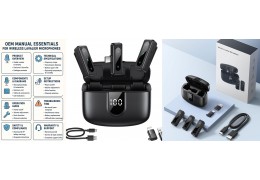

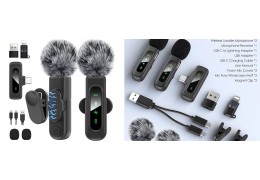

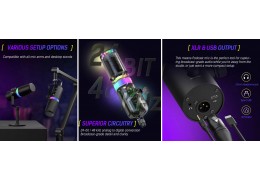


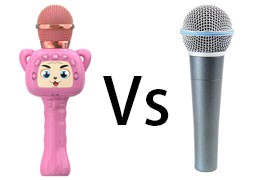






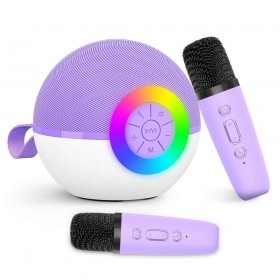
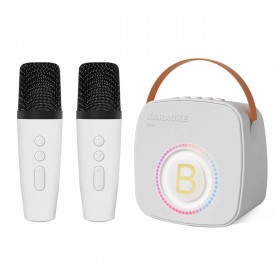




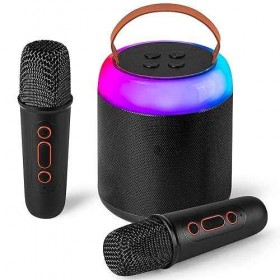

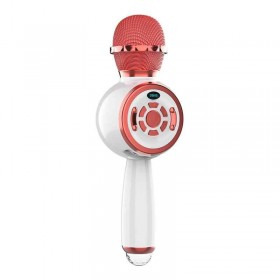

Latest comments